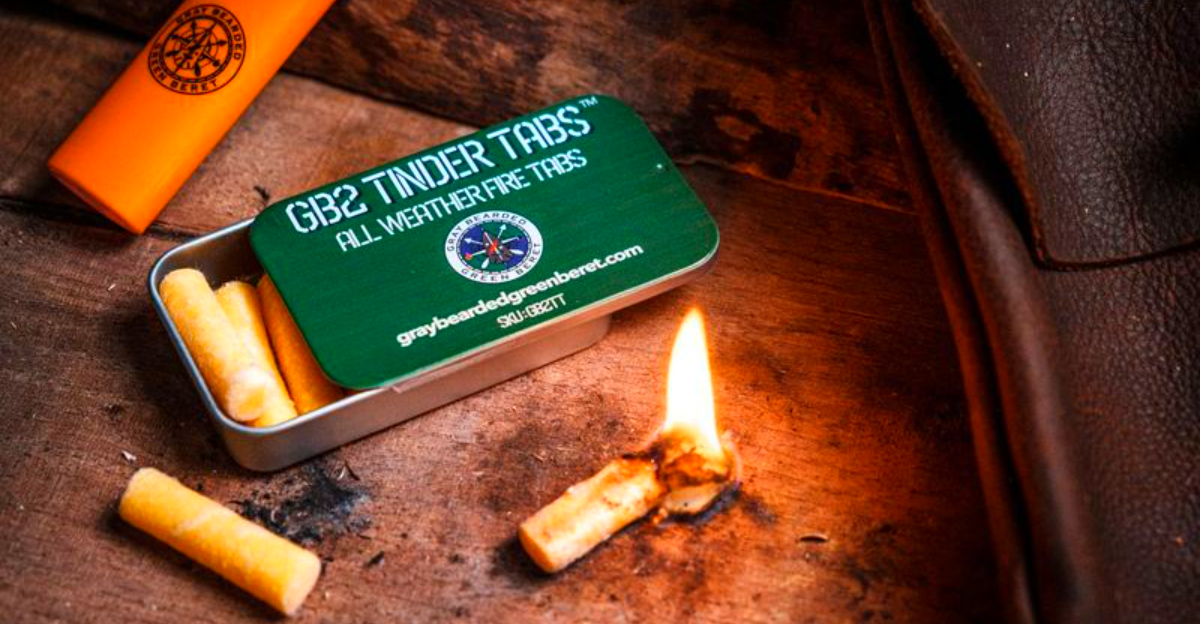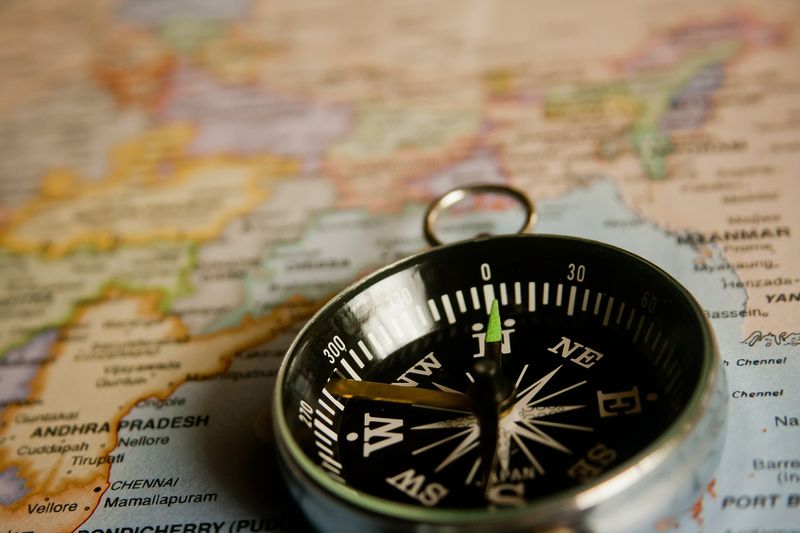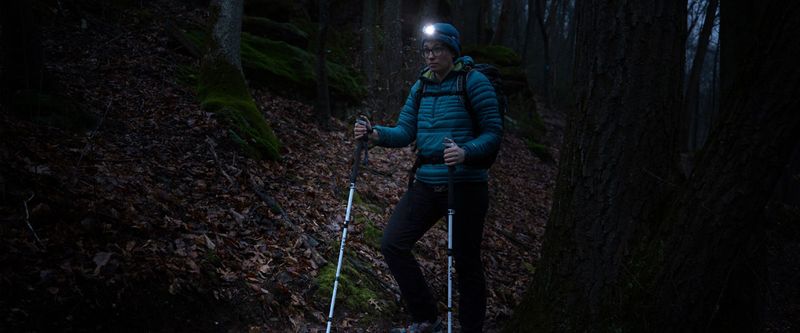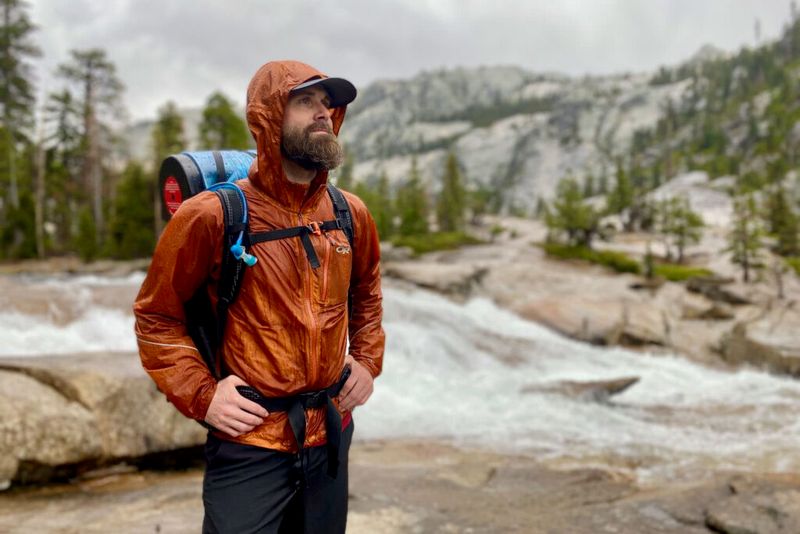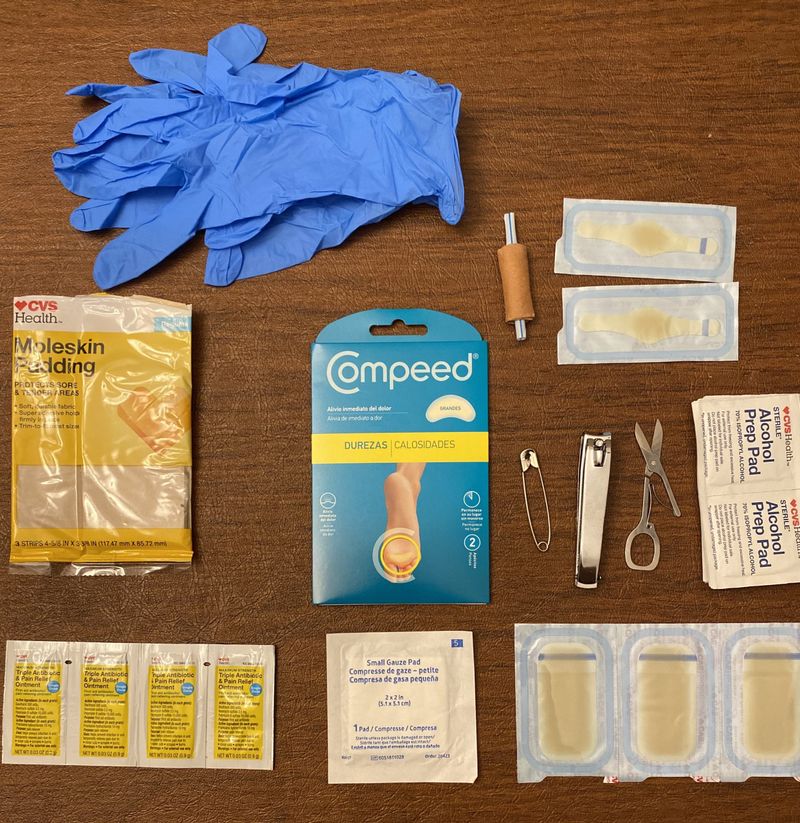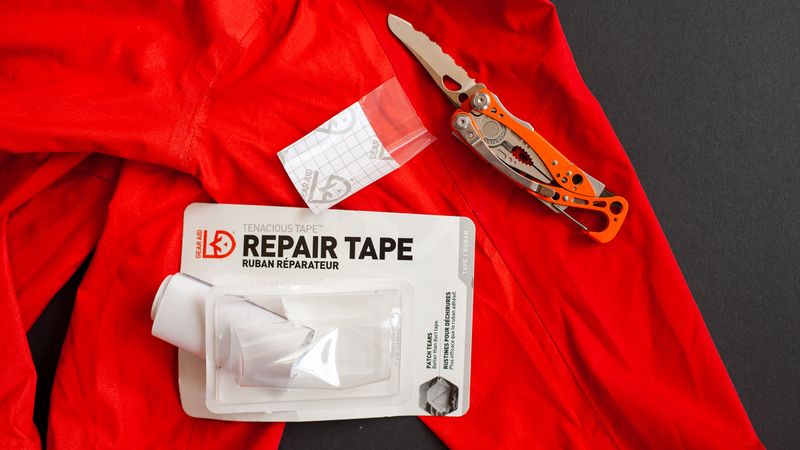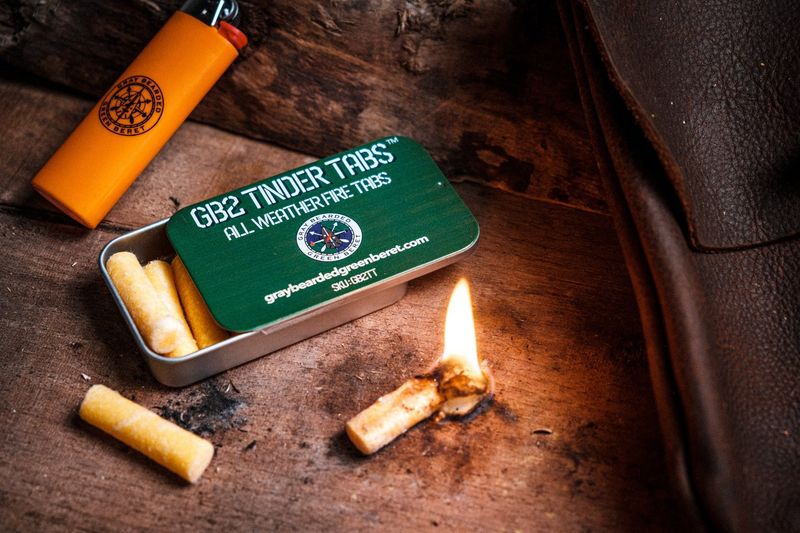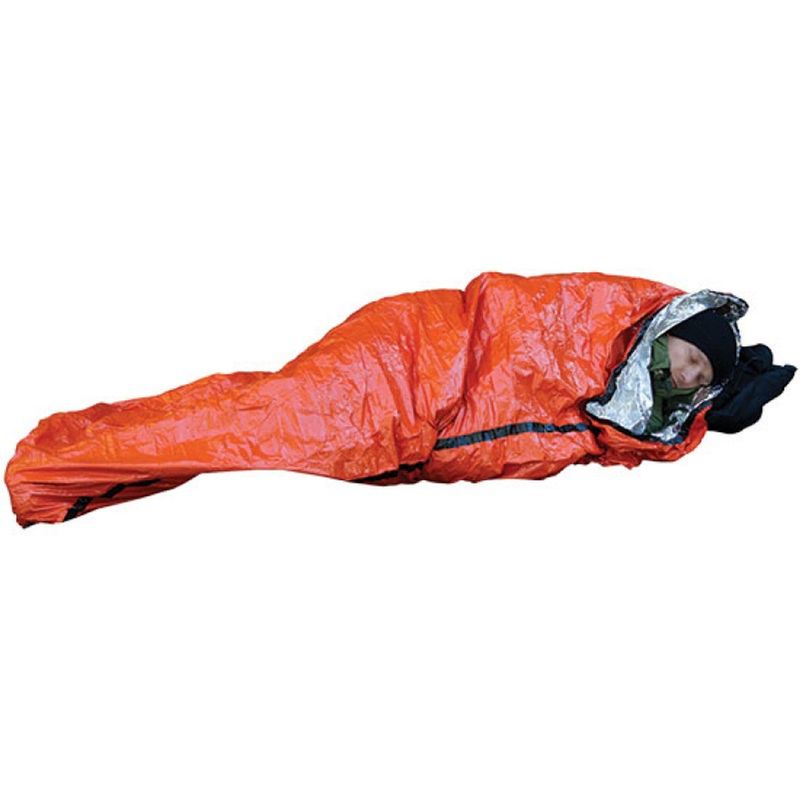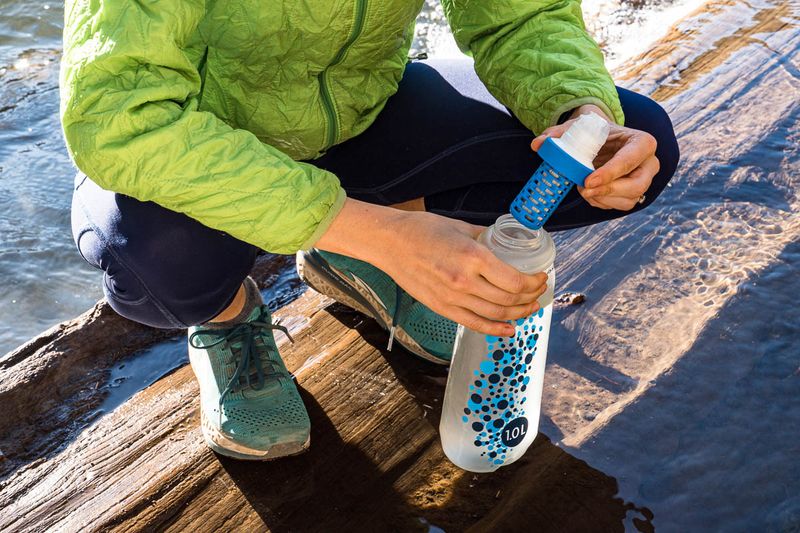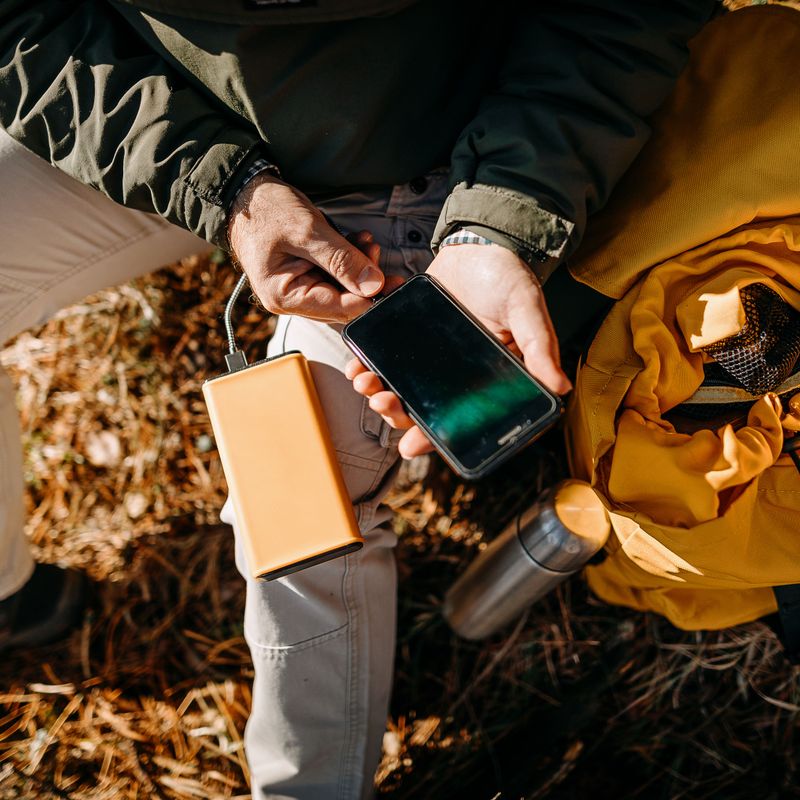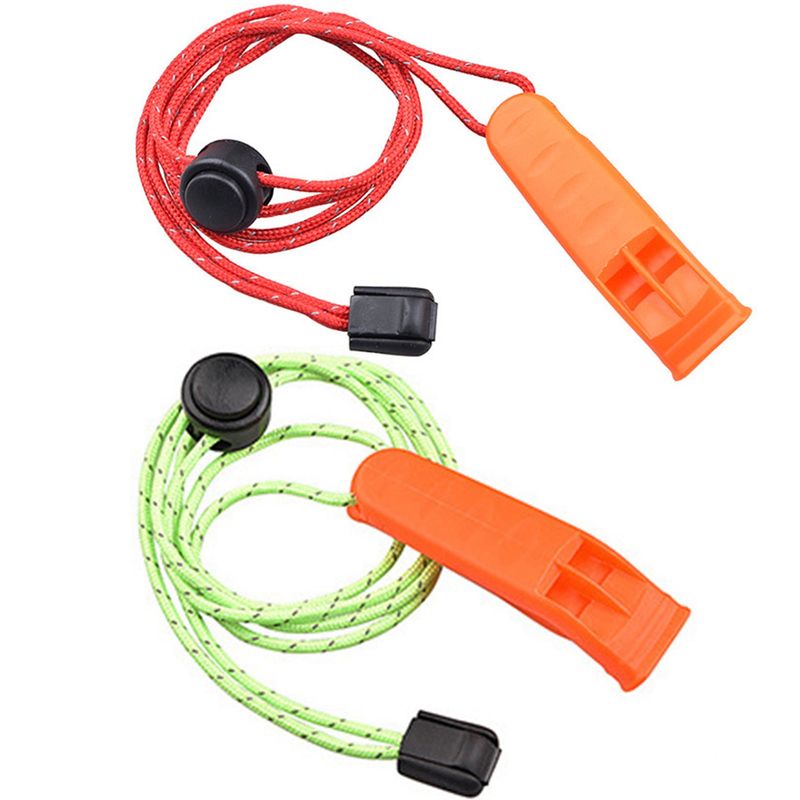Heading out for a day hike sounds simple enough—just lace up your boots and hit the trail, right? Not quite. Even short treks can turn risky if the weather flips or you take a wrong turn. Packing smart means you’ll stay safe, comfortable, and ready for surprises along the way.
1. Navigation (map + compass + phone with offline maps)
Trails have a sneaky way of looking different than you remember, and phone batteries love to quit at the worst moments. Cell towers don’t reach every ridge, so relying on signal alone is a gamble. Pack a paper topo map and a baseplate compass, then download an offline map to your phone using apps like Google Maps or AllTrails.
Keep your phone in airplane mode to stretch battery life—it still tracks your location without burning through power. Tuck the paper map inside a zip-top bag so rain or creek splashes won’t turn it into mush.
Learning to read contour lines takes practice, but it’s worth it. A compass and map combo never needs charging and works anywhere on Earth.
2. Headlamp (with spare batteries)
Sunsets arrive faster than you think, especially under thick tree cover or in narrow canyons. A headlamp frees both hands for scrambling over rocks, setting up emergency shelter, or tending to a scraped knee. Flashlights work, but holding one while climbing gets awkward fast.
Set your headlamp to low or medium brightness to extend runtime—you rarely need full blast. Toss a tiny backup keychain light into your pack; it weighs almost nothing and saves the day if your main lamp dies.
Swap in fresh batteries before every hike, even if the old ones seem fine. Cold weather drains power quickly, so keep spares in an inside pocket where body heat keeps them warm.
3. Sun protection (hat, sunglasses, SPF 30+)
UV rays sneak through clouds and hit you harder at higher elevations, even when it feels cool outside. Sunburn doesn’t just sting—it drains energy and can ruin the rest of your trip. A wide-brimmed hat shades your face and neck, while polarized sunglasses cut glare and protect your eyes from damage.
Choose broad-spectrum, water-resistant sunscreen rated SPF 30 or higher, and slather it on exposed skin every two hours. Don’t skip your ears, the back of your hands, or the tops of your feet if you’re wearing sandals.
Lip balm with SPF prevents painful cracking and peeling. Keep a small tube clipped to your pack strap for easy reapplication on the move.
4. Insulation (one warm layer + wind/rain shell)
Mountain weather flips fast—blue skies can turn to wind and drizzle in minutes. Sweat-soaked shirts feel fine while you’re moving, but the moment you stop for a snack, that dampness plus a breeze equals shivers. A light synthetic or down midlayer traps warmth without adding much weight.
Pair it with a compact waterproof shell that blocks wind and rain. Even summer hikes demand a thin warm layer; temperatures drop quickly once the sun dips behind a ridge.
Stuff both items at the bottom of your pack so they stay dry and ready. If you start feeling chilly, throw on the midlayer before you’re actually cold—it’s easier to stay warm than to warm up.
5. First-aid kit (blister + bleed + basic meds)
Minor problems—a hot spot on your heel, a scraped palm, a sudden headache—can end a hike early if you’re not prepared. A compact first-aid kit handles most trail mishaps without weighing you down. Include adhesive bandages in assorted sizes, gauze pads, medical tape, antiseptic wipes, a few ibuprofen tablets, antihistamines, and blister care like moleskin or hydrocolloid patches.
Add any personal medications you might need, plus a pair of nitrile gloves for treating wounds cleanly. Review your kit before every season to replace expired items and restock what you’ve used.
Knowing how to use everything inside matters more than having a fancy kit. Take a basic wilderness first-aid class if you can.
6. Repair & tools (multi-tool + repair tape)
Gear breaks at the least convenient times—a strap snaps, a seam splits, or a thorn pokes through your jacket. A small multi-tool with scissors, a knife, and maybe pliers solves dozens of problems, from opening stubborn snack packages to removing splinters or trimming a frayed bootlace.
Wrap a meter of heavy-duty repair tape—duct tape or Tenacious Tape—around a water bottle or trekking pole. It patches torn fabric, secures loose straps, and even reinforces a busted shoe sole long enough to get you home.
You won’t need these items every trip, but when something goes wrong miles from the trailhead, you’ll be grateful you packed them. Keep the multi-tool in an easy-to-reach pocket.
7. Fire starter (lighter + backup tinder)
Most day hikers never light a fire, but if an injury or navigational mistake forces you to spend an unexpected night outdoors, fire provides warmth, signals rescuers, and boosts morale. A mini butane lighter weighs almost nothing and works reliably in most conditions.
Pack waterproof tinder—cotton balls smeared with petroleum jelly or commercial fire-starting tabs—in a sealed plastic bag. Even damp wood will catch if your tinder burns hot and long enough.
Always follow local fire regulations; many areas ban open flames during dry seasons. Use fire only in true emergencies, and make sure it’s fully extinguished before you leave. Practice lighting tinder at home so you’re confident when it counts.
8. Shelter (ultralight space blanket or bivy)
If an injury, wrong turn, or sudden storm keeps you out after dark, exposure becomes a serious threat. An emergency bivy or heat-reflective space blanket can reduce heat loss and protect you from wind and light precipitation. These items weigh just ounces and fold down small enough to tuck into a side pocket.
Choose a durable, reusable option rather than a flimsy disposable blanket—it’ll hold up better if you need it and can double as a warm layer during rest stops. Some bivys are bright orange, making you easier to spot from the air or trail.
Practice unfolding and setting up your shelter at home so you’re not fumbling in the dark. Hopefully you’ll never use it, but knowing it’s there brings peace of mind.
9. Hydration (water + treatment)
Water keeps your muscles working, your brain sharp, and your body temperature stable. Aim for roughly half a liter to one liter per hour, adjusting for heat, altitude, and effort level. Dehydration sneaks up fast, causing headaches, fatigue, and poor decision-making.
Carry at least two liters for most day hikes, more if water sources are scarce or the weather is hot. Add a compact water filter or purification tablets if you might need to refill from streams or lakes along the way.
Sip regularly rather than waiting until you’re thirsty—thirst means you’re already behind. Mark your bottles so you know how much you’ve drunk and can pace yourself throughout the hike.
10. Nutrition (extra 200–500 kcal beyond plan)
Running out of fuel on the trail feels miserable—your legs turn heavy, your mood sours, and every uphill becomes a slog. Pack more food than you think you’ll need; an extra 200 to 500 calories covers unexpected delays or extra exertion. Mix quick bites like trail mix, energy bars, and dried fruit with something more substantial, such as a wrap or nut-butter sandwich.
Steady carbs keep your energy stable, while a bit of protein and fat help you feel satisfied. Salty snacks replace electrolytes lost through sweat, especially on hot days.
Don’t save your emergency snacks for a true crisis—if you’re dragging, eat something. Staying fueled prevents poor choices and keeps hiking fun instead of a forced march.
11. Communication & power (charged phone + battery bank)
Your phone is a map, camera, flashlight, and emergency SOS tool rolled into one pocket-sized device. A dead battery turns it into a useless brick, so start every hike with a full charge. A small 5,000 to 10,000 mAh power bank and short cable weigh little and can top off your phone mid-hike.
Cold weather drains batteries fast, so keep your phone and power bank warm in an inside pocket close to your body. Airplane mode saves power while still allowing GPS tracking and offline map access.
Download maps, trail guides, and emergency contact numbers before you leave home. If you need to call for help, a charged phone could be the difference between a quick rescue and a long, cold night.
12. Emergency whistle & ID (and basic knowledge)
Your voice doesn’t carry far in the wind or through dense forest, but a pea-less whistle’s sharp blast cuts through noise and distance. Three short blasts signal SOS; rescuers listen for patterns like that. Clip the whistle to your shoulder strap or sternum strap so it’s always within reach.
Carry identification and basic medical information—allergies, medications, emergency contacts—in a waterproof pouch or written on a card in your wallet. If you’re injured and unable to speak, that info helps responders treat you correctly.
Before you go, tell someone your route, expected return time, and what to do if you don’t check in. Knowledge and preparation matter as much as gear—take a basic outdoor skills class if you’re new to hiking.
